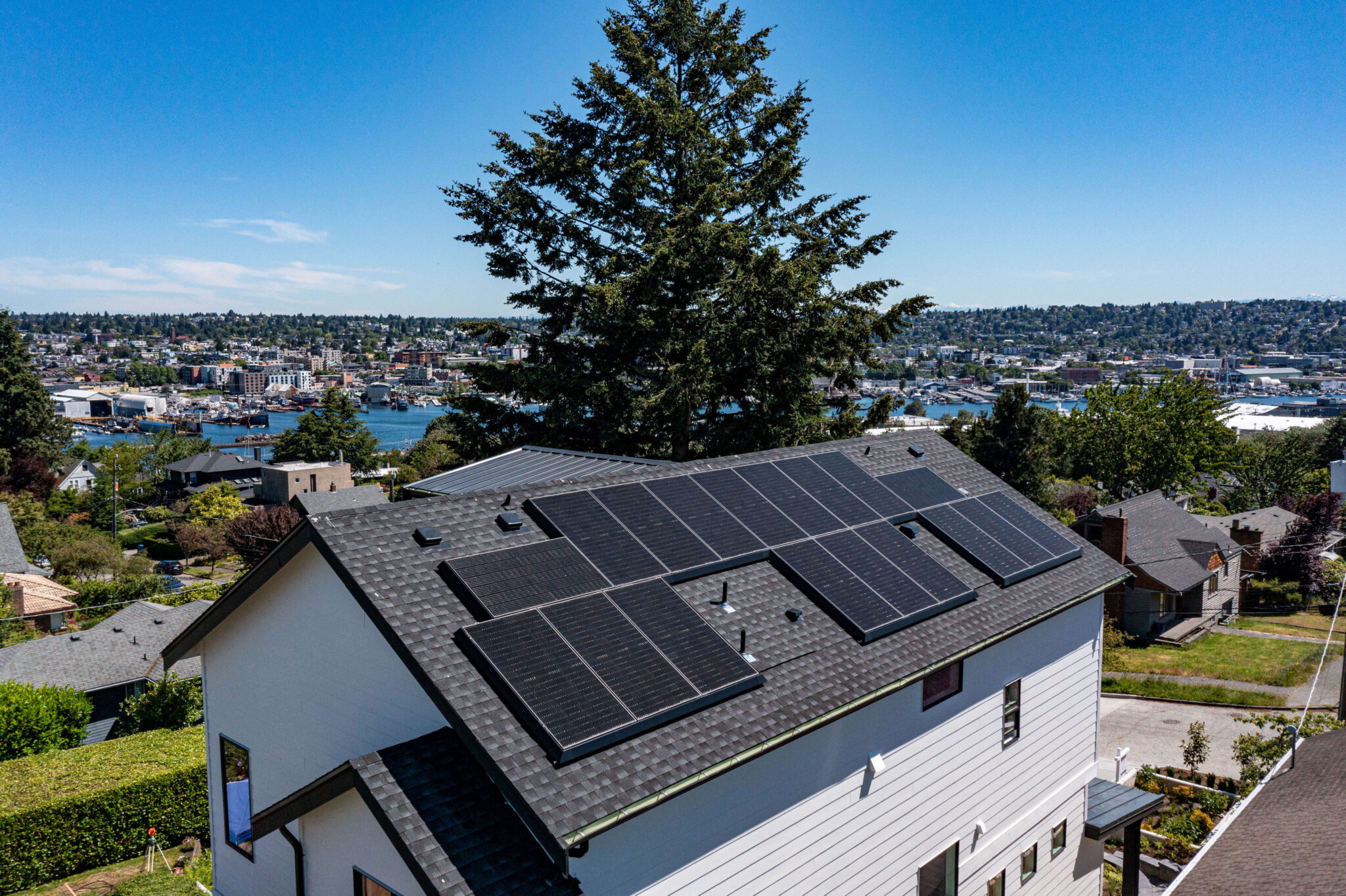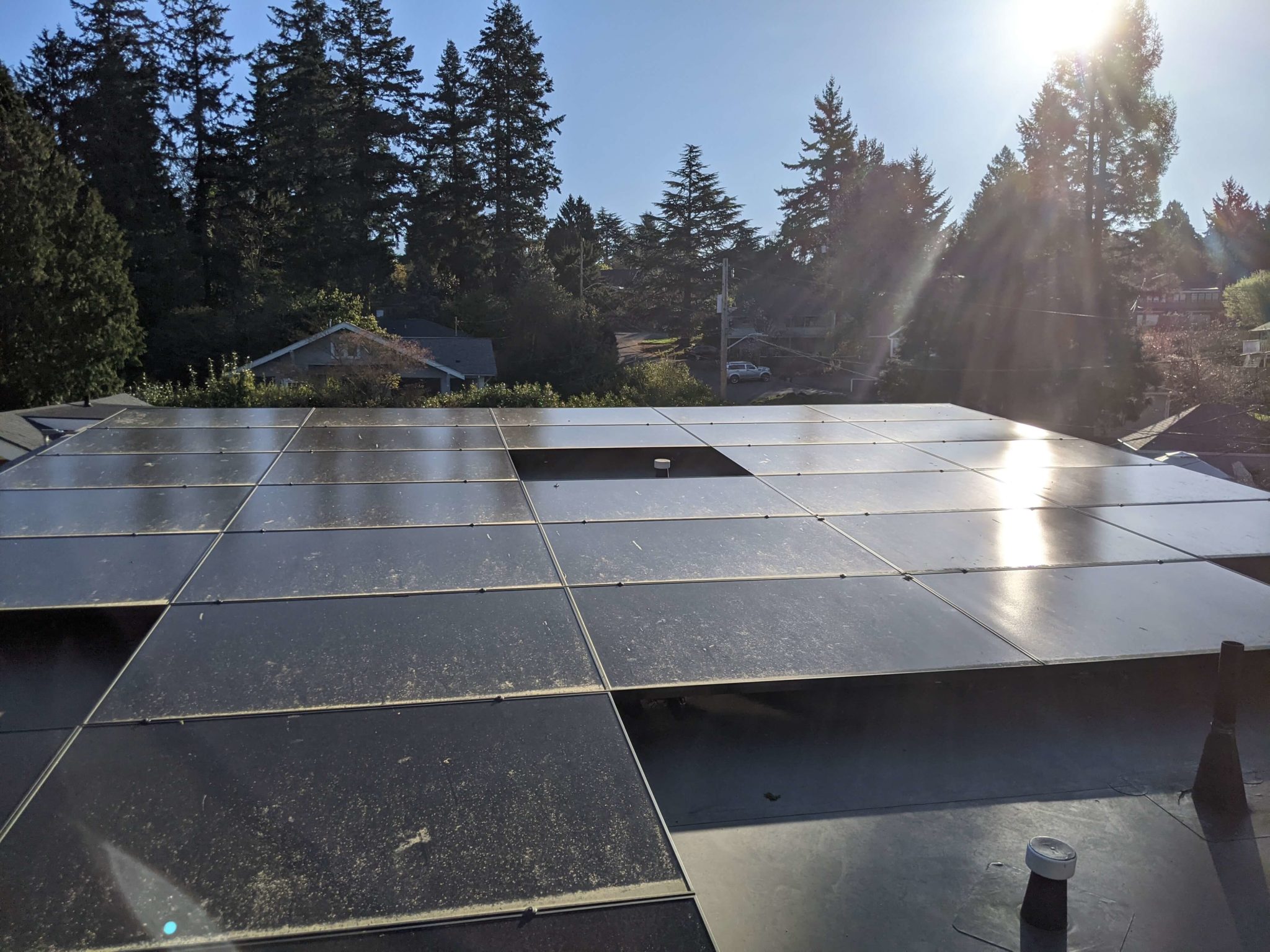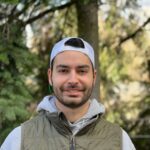Monitoring your power plant!
While solar provides immediate returns on energy bill savings, the long lifespans of these systems have many homeowners wondering what they need to do to keep their system running at its peak capabilities. Fortunately, solar PV equipment does not require much maintenance. Follow the steps listed here to save your solar PV system production at optimum levels.

MLPEs
Over recent years Module Level Power Electronics (MLPEs) have become an integral part of solar PV systems and are included in all NWES’s offerings. MLPEs sit under each panel on the roof. While their functionality does differ slightly depending on the brand, they all serve to optimize your system and provide greater insight into how your system is performing. MLPEs offer real-time and historical production information for every module (Solar Panel) on your roof. This information allows you to catalog your production history, track and compare production from month to month or year to year, and, most importantly, diagnose if a portion of your system is not performing correctly.
Checking performance
Since NWES does not actively monitor systems, we recommend that homeowners check their PV systems every week. You are knowing and alerting NWES when there is something wrong with your system will limit any potential missed production. The routine of regular check-ins with your system will give you a good baseline to determine when there may be something wrong with your design and understand how variations in weather and sun hours affect your production.

Setting a routine
If you feel like your production should be higher than it is, but there are no clear culprits identifiable through your monitoring, there is a good chance that you have some soiling on your system and your panels need to be cleaned. Soiling is the term used to describe any debris or build-up on your solar array that could impact production. Throughout the fall,-winter, and much of the spring, the PNW gets enough rain that most systems will be self-cleaning (if your system is installed on a low slope roof, this may not be the case) as we move into dryer weather in late spring and summer. However, pollen, dirt, ash, and bird droppings may accumulate in your system and negatively impact your production. This is also the time of year when you’ll realize the vast majority of your solar production; with that in mind, we recommend having your system cleaned twice a year if your system has been in place for a year already. NWES does offer cleaning services starting at $1,000/year, depending on your location.

Time to clean?
At the end of the day, that’s all you need to do to maintain your PV system, monitor it regularly, and have it cleaned twice a year. Following that protocol will ensure that your PV system produces as much clean power as possible, accelerates your ROI, and keeps those utility bills to a minimum!


